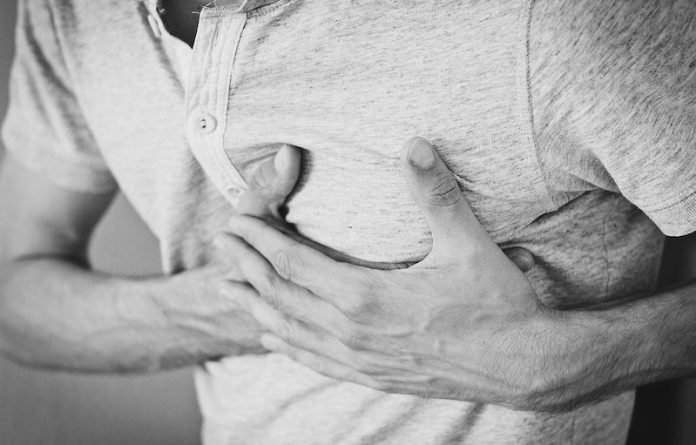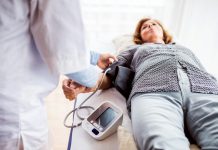
In a study from Nordsjællands Hospital in Denmark, scientists found one in four heart attack patients have atypical symptoms such as breathing difficulties, extreme exhaustion, and abdominal pain.
Patients with atypical symptoms were less likely to receive emergency help and more likely to die within 30 days compared to those with chest pain.
Heart attacks require fast treatment to restore blood flow and reduce mortality. Symptom recognition by patients and health staff is crucial to reduce delays.
In the study, researchers examined the associations between initial heart attack symptoms, the medical service response, and 30-day death risk.
They collected data on all calls to a 24-hour medical helpline and an emergency number in the Capital Region of Denmark from 2014 to 2018. At the two services, the primary symptom is registered along with the response.
The researchers identified adults aged 30 and over who received a heart attack diagnosis within 72 hours of the call. Patients were divided into groups according to their primary symptoms.
During the five-year period, a specific primary symptom was recorded for 7,222 of 8,336 heart attacks—chest pain was the most common (72%) while 24% of patients had atypical symptoms, the most frequent being breathing problems.
The prevalence of chest pain was highest among men aged 30-59 calling the emergency number and lowest among women older than 79 calling the medical helpline.
Atypical symptoms were mainly found among older patients, especially women, who called the helpline.
The team found among heart attack patients with chest pain, 95% and 76% received an emergency dispatch from the emergency number and medical helpline, respectively.
In comparison, just 62% and 17% of heart attack patients with atypical symptoms received an emergency dispatch from the emergency number and medical helpline, respectively.
The 30-day mortality rate for heart attack patients with chest pain was 5% among those who called the emergency number and 3% among those who called the helpline.
Rates were higher among heart attack patients with atypical symptoms: 23% and 15% died within 30 days after calling the emergency number and helpline, respectively.
The team made a more like-for-like comparison of mortality between patients with chest pain versus atypical symptoms.
The standardized 30-day mortality was 4.3% for patients with chest pain and 15.6% for those with atypical symptoms.
Taken together, these results show that heart attack patients with chest pain were three times more likely to receive an emergency ambulance than those with other symptoms.
People with atypical symptoms are more often called the helpline, which could indicate that their symptoms were milder, or they were not aware of the severity.
Vague symptoms may contribute to health staff misinterpreting them as benign.
If you care about heart attacks, please read studies about six unusual signs that you may have heart disease, and weekly daytime nap may lower heart attack/stroke risk.
For more information about heart health, please see recent studies about common food that may strongly increase heart disease risk, and results showing after heart attack, mini-stroke and stroke, survivor has some advice.
The study was conducted by Amalie Lykkemark Møller et al and published in European Heart Journal—Acute Cardiovascular Care.
Copyright © 2022 Knowridge Science Report. All rights reserved.



